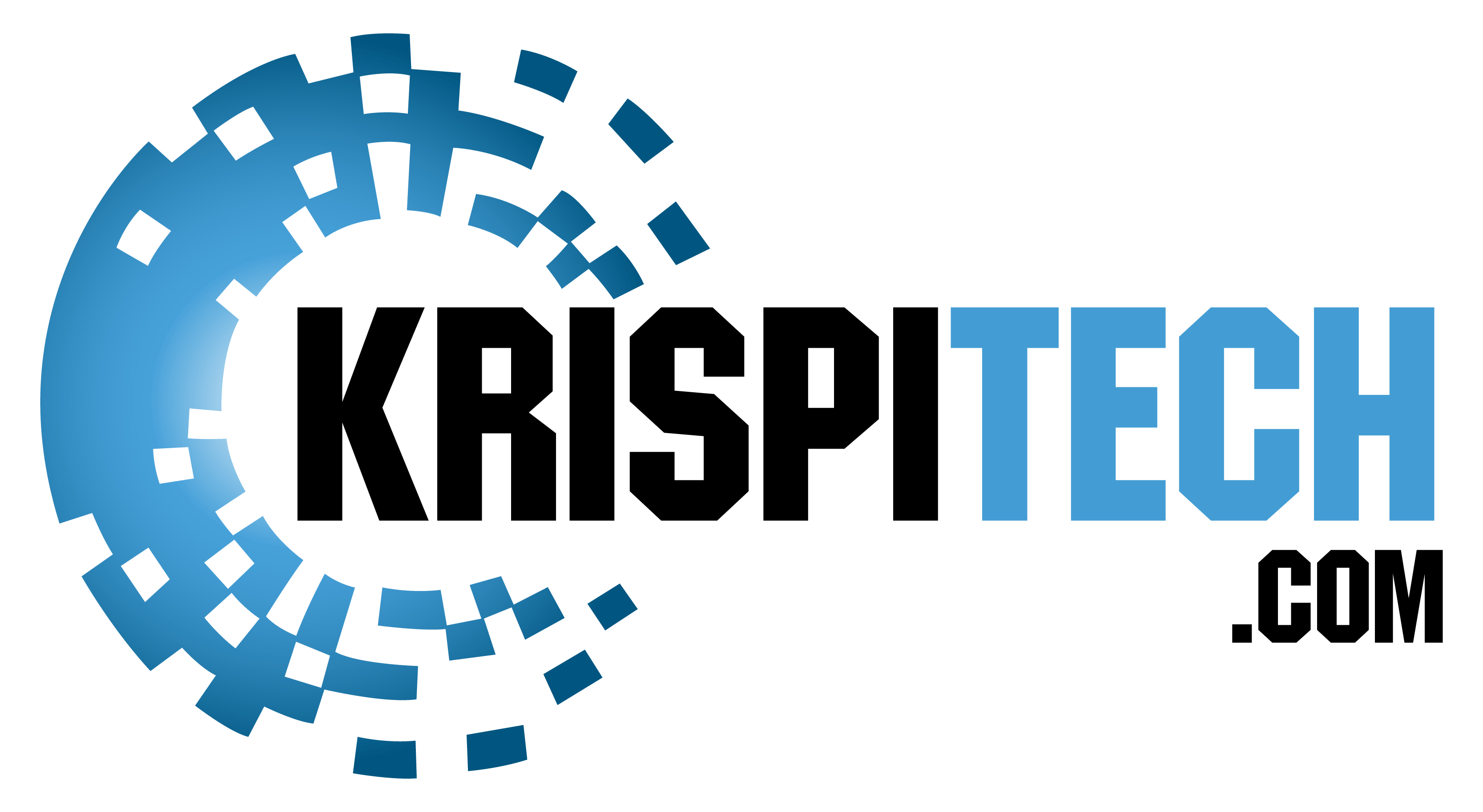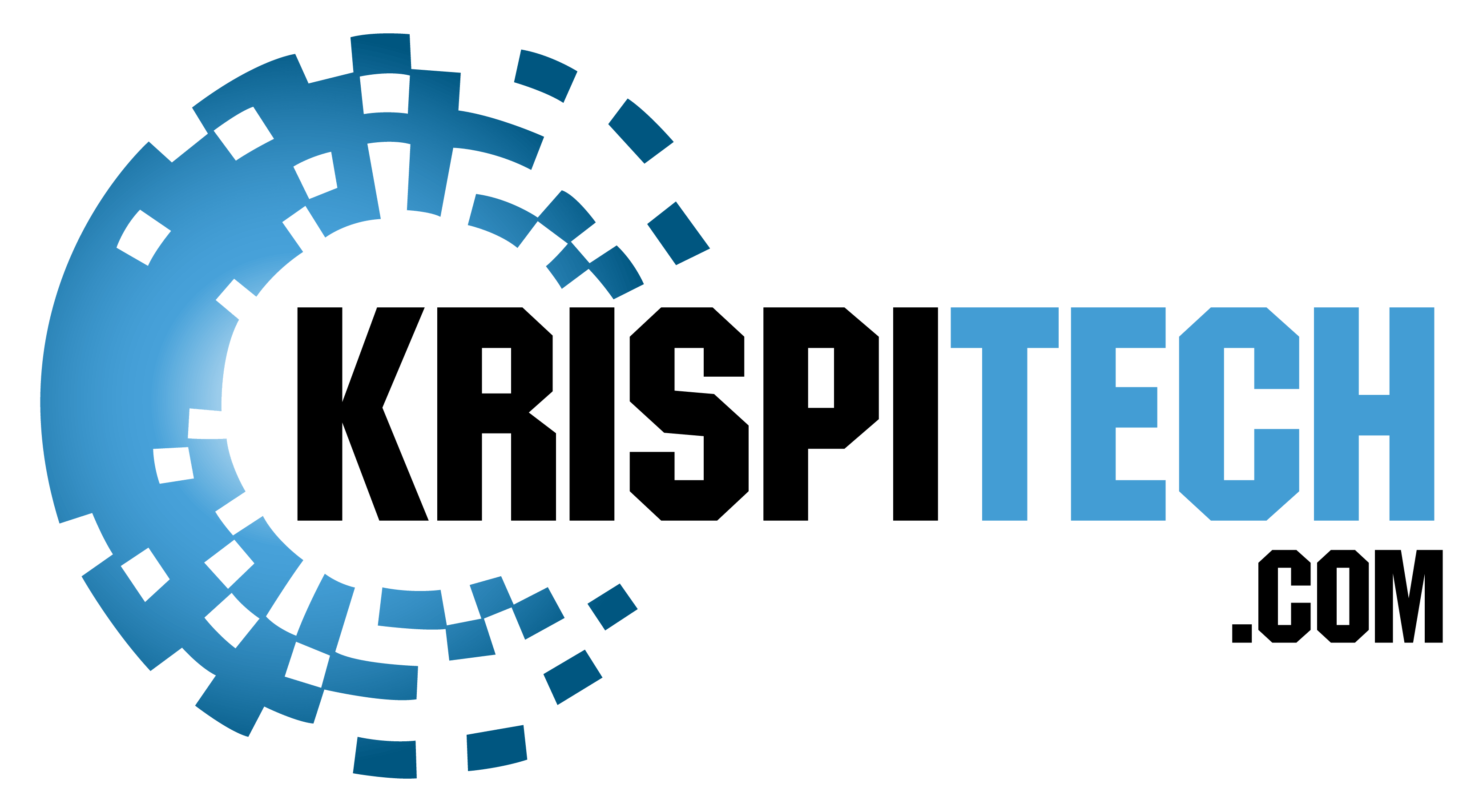Reaching across customers has become essential for the survival of any business; any organization must strive to meet customers where they are and on any platform. It’s not an overstatement to say that most customers, especially the Millennials, carry out business transactions with mobile apps.
Mobile apps have had their problems, but there are concerted efforts to reduce these problems and make them more proficient for business transactions. Recently, WhatsApp launched a multi-device support feature that ensures users’ accounts can operate on four devices; the innovation will go a long way to ease problems organizations encounter in their day-to-day business operations.
Global competition in the business world has reached the stage where organizations must integrate digital adoption to improve customer expectations. The introduction of mobile apps into business conduct is a form of digital adoption; the end-to-end encryption for chats backup stored in cloud services for iOS and Android users that WhatsApp introduced is a good step, but is that enough?
How do you ensure that employees and customers quickly adopt these emerging technologies? People are generally reluctant to sudden changes in their routines; this is where digital adoption platforms come in.
What is a digital adoption platform?
A digital adoption platform (DAP) is a software platform that is usually designed to enhance seamless software learning by simplifying the user experience and ensuring proficiency on any software platform, application, or website. You can achieve this feat by layering the digital adoption platform on top of other software products, apps, or websites.
DAP will ensure accelerated proficiency by directing users through vital tasks, providing interpretive and evaluative information, and enabling users to easily and quickly navigate their ways through a product. In this era of digital transformation, your organization needs digital tools to ensure a successful transition; and increase ROI on software investments; this is where a digital adoption platform comes in handy.
A critical reason for integrating digital adoption platforms is that technology is constantly evolving, and digital adoption can overwhelm employees and customers, hence creating undue friction that may harm your organization.
A lot of software organizations need to conduct their day-to-day activities can be complex and when employees and customers find any software unfamiliar, it can lead to unnecessary backlashes such as user burnout, lowered productivity, and dissatisfaction. What digital adoption platforms came in to do is to streamline digital changes and reduce any form of friction that can arise from the use of new digital tools.
The good news is that your organization can customize a digital adoption platform to address your specific needs because it is powered by artificial intelligence (AI) and machine learning. A digital adoption platform uses contextual information to enhance tailored guides for users in real time based on a user’s needs.
How do digital adoption platforms promote digital adoption?
There are talks about how digital adoption platforms can enhance digital adoption and ensure successful digital transformation; is this hype or reality? Some ways these happen include:
1. Automate aspects of an employee or customer onboarding
Businesses must continuously convert customers to remain relevant, prosper, and make higher ROI. To achieve these, your organization must endeavor to have employees who are focused on the priorities of your company; employees come and go; customers come and go; you must continuously onboard customers and where necessary, employees.
Onboarding customers and employees do not come easy, especially with the number of apps an organization now needs to run effectively; digital adoption platforms have integrated AI and machine learning into the onboarding process; a customer or a new employee can simplify the learning process required to seamlessly adopt a product or service your organization provides.
DAPs go a long way to removing friction; customer expectations and experiences are improved and employees find it easy to carry out their tasks.
2. Provide in-app software training and guidance
The IT team usually must train and guide employees and customers on the use of any new app or technology an organization has deployed; the effort required by the IT team to achieve this task a lot of times does not leave any room for them to creatively contribute to the growth of the organization; a digital adoption platform reduces the burden on your organization’s IT team; team members can focus on vital business issues because your DAP has been customized to provide your organization’s need through in-app software training and guidance.
Conclusion
When your organization integrates a digital adoption platform, you can easily collect and analyze usage data, provide proactive support to resolve challenges from users, reduce customers’ and employees’ onboarding time, eliminate the burden on your IT team, reduce friction that arises from users’ unwillingness to adopt new software technology, increase customer satisfaction, and build better stronger brand loyalty. Organizations thrive on productivity and customer satisfaction; once you can ensure that your employees are happy with their tasks and customers are satisfied with your product or service, your business is on a high pedestal to succeed.
Other Technical Reviews:- Reviews














